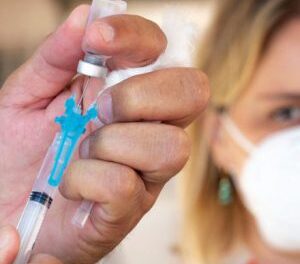
In a recent study published in the journal Gene Therapy, lead author Shirin Nouraein, a PhD student in Rice bioengineer Jerzy Szablowski’s lab, along with a team of researchers, explored the feasibility and safety of noninvasive, ultrasound-based gene delivery to various regions of the brain in animals. Their findings suggest that expanding the number of targeted locations enhances the effectiveness of gene delivery within each specific site.
This research, titled “Acoustically Targeted Noninvasive Gene Therapy in Large Brain Volumes,” builds upon the prior work of the Szablowski lab, which utilized focused ultrasound radiation to safely breach the blood-brain barrier, a procedure referred to as Focused Ultrasound Blood-Brain Barrier Opening (FUS-BBBO). Additionally, this method enables the transport of proteins and other minuscule molecules from the brain to the bloodstream, facilitating easy sampling.
Nouraein explained, “We use focused ultrasound to create nano-sized pores in the brain’s endothelium. This allows for the noninvasive delivery of naturally occurring viral vectors throughout the brain, a crucial aspect in treating genetic disorders.” Szablowski, an assistant professor of bioengineering and director of the Laboratory for Noninvasive Neuroengineering, highlighted the challenges in delivering gene therapy to large or entire brain regions using traditional needle injections, which have limited diffusion capabilities. He noted, “To treat the entire brain, one would need to perform thousands of injections, which would be difficult and possibly harmful. With FUS-BBBO, such surgical delivery could be circumvented.”
Nouraein and her research team conducted experiments, opening 105 sites simultaneously, yielding positive results in most brain regions. Surprisingly, their findings indicated that the efficiency of gene delivery improved within each targeted site as more sites were opened.
Szablowski emphasized the significance of this discovery, stating, “We found that delivering the vectors throughout the brain doubles the efficiency of delivery for the same dose of the virus compared to when only 11 sites are targeted.” He also commended Nouraein for her pivotal role in the research, noting her exceptional productivity and talent in leading this complex project early in her graduate studies.











